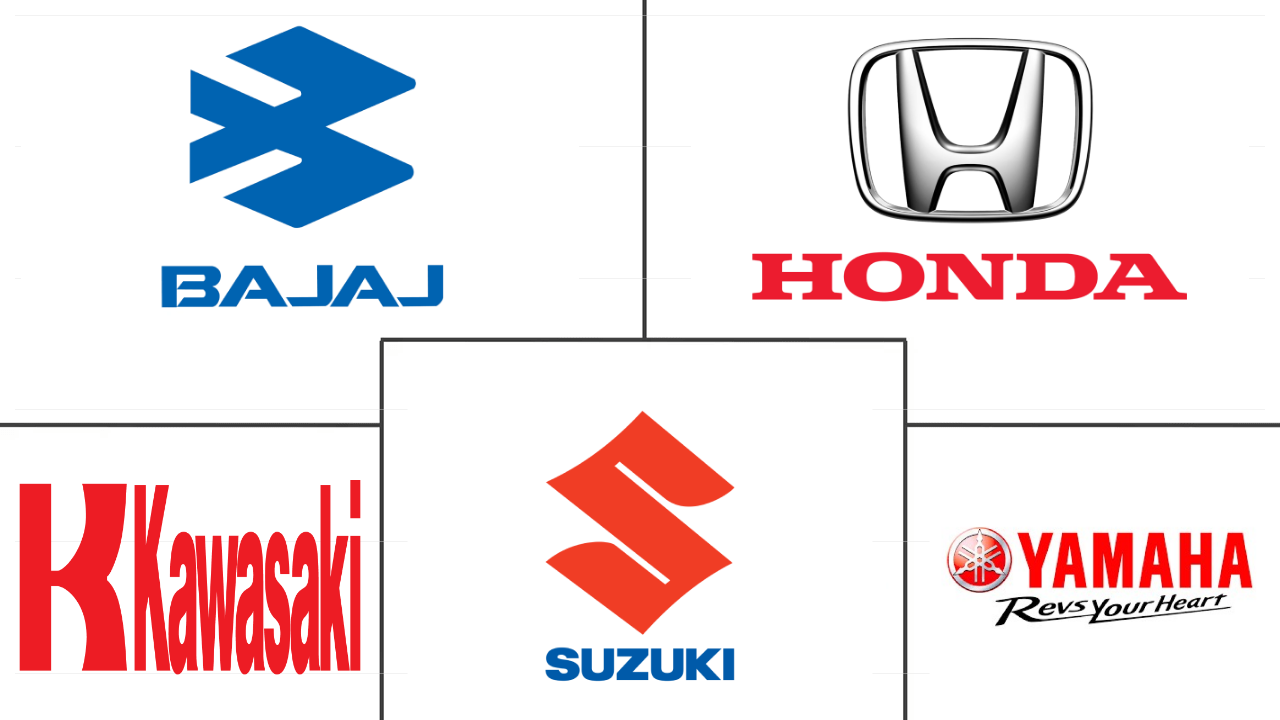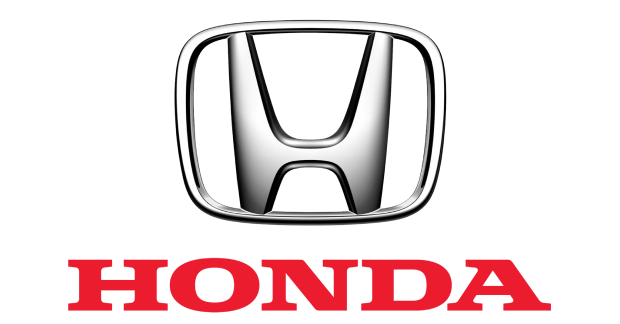Market Size of south america two-wheeler Industry
| Icons | Lable | Value |
|---|---|---|
|
|
Study Period | 2017 - 2030 |
|
|
Market Size (2024) | USD 15.09 Billion |
|
|
Market Size (2030) | USD 22.28 Billion |
|
|
Largest Share by Propulsion Type | ICE |
|
|
CAGR (2024 - 2030) | 6.71 % |
|
|
Largest Share by Country | Brazil |
|
|
Market Concentration | Medium |
Major Players |
||

|
||
|
*Disclaimer: Major Players sorted in no particular order |
South America Two-Wheeler Market Analysis
The South America Two-Wheeler Market size is estimated at 15.09 billion USD in 2024, and is expected to reach 22.28 billion USD by 2030, growing at a CAGR of 6.71% during the forecast period (2024-2030).
15.09 Billion
Market Size in 2024 (USD)
22.28 Billion
Market Size in 2030 (USD)
12.00 %
CAGR (2017-2023)
6.71 %
CAGR (2024-2030)
Largest Segment by Propulsion Type
98.59 %
value share, ICE, 2023
ICE two-wheelers dominate due to their affordability, widespread availability, and well-established refueling infrastructure across South America.
Fastest-growing Segment by Propulsion Type
18.88 %
Projected CAGR, Hybrid and Electric Vehicles, 2024-2030
Electric two-wheelers are the fastest-growing due to increasing government incentives, rising fuel prices, and growing consumer awareness of sustainable transportation options.
Largest Segment by Country
48.88 %
value share, Brazil, 2023
Brazil leads due to its large population, significant two-wheeler manufacturing industry, and high consumer demand for affordable and efficient personal transportation.
Leading Market Player
39.54 %
market share, Honda Motor Co. Ltd., 2023

Honda Motor leads the South American two-wheeler market due to its diverse product offerings, strong brand recognition, and extensive dealer network.
Second leading Market Player
12.71 %
market share, Yamaha Motor Company Limited, 2023

Yamaha is the second leading player in the South American two-wheeler market due to popular product offerings, extensive distribution network, and a strong reputation for reliability.
The South American two-wheeler market is growing by blending traditional and electric preferences, driven by tech, policy, and sustainability
- In 2023, the South American market for two-wheelers saw a modest increase, with sales reaching 3,010,000 units from 2,980,000 units in 2022. This growth indicates a steady demand for two-wheelers as essential transportation tools in the region, reflecting the economic recovery, urbanization trends, and the increasing need for affordable mobility solutions. The ongoing demand for two-wheelers is supported by a mix of traditional ICE models and a growing interest in hybrid and EVs.
- The shift toward electric two-wheelers, although still in its early stages compared to global standards, is gaining momentum, fueled by improvements in EV infrastructure, governmental incentives aimed at reducing carbon emissions, and a growing consumer consciousness toward environmental sustainability. The forecasted data indicate continued growth in the two-wheeler market across South America, with sales projected to reach 4,220,000 units by 2030. This expected growth trajectory highlights not only the enduring appeal of two-wheelers as a convenient and cost-effective mode of transportation but also a significant shift in market dynamics toward electrification.
- As technological advancements make electric two-wheelers more accessible and governments enhance supportive policies, the market is poised for a transformative shift toward sustainable mobility. This period will likely witness an increasing integration of electric models into the mainstream two-wheeler market, reflecting broader global trends toward environmental responsibility and innovation in transportation.
Two-wheelers are preferred in South America for urban mobility due to affordability, with varying adoption rates across countries
- The two-wheeler market in South America has a very strong preference for motorcycles and scooters as economical and practical transportation options. While economic challenges and safety concerns are prevalent, the potential for growth, especially in the electric two-wheeler segment, presents opportunities for manufacturers and policymakers to cater to evolving consumer needs and sustainability goals.
- The two-wheeler market in South America reflects diverse preferences and usage patterns across different countries, influenced by factors such as urbanization, economic conditions, and transportation infrastructure. Brazil is the largest two-wheeler market in South America, with motorcycles being the preferred mode of transportation for a significant portion of the population. The market is driven by the need for affordable and efficient transportation solutions, especially in urban and semi-urban areas. Brazil has a robust local manufacturing industry, with major global and local brands offering a wide range of two-wheelers.
- The country also sees significant interest in off-road motorcycles due to its diverse terrain. The two-wheeler market in Argentina caters to a mix of commuters looking for cost-effective transport solutions and enthusiasts who prefer motorcycles for leisure. Economic fluctuations have impacted the market, but two-wheelers remain a popular choice due to their low cost of ownership and operation. There is a growing interest in electric models, although the market is still in its early stages.
South America Two-Wheeler Industry Segmentation
Hybrid and Electric Vehicles, ICE are covered as segments by Propulsion Type. Argentina, Brazil, Rest-of-South America are covered as segments by Country.
- In 2023, the South American market for two-wheelers saw a modest increase, with sales reaching 3,010,000 units from 2,980,000 units in 2022. This growth indicates a steady demand for two-wheelers as essential transportation tools in the region, reflecting the economic recovery, urbanization trends, and the increasing need for affordable mobility solutions. The ongoing demand for two-wheelers is supported by a mix of traditional ICE models and a growing interest in hybrid and EVs.
- The shift toward electric two-wheelers, although still in its early stages compared to global standards, is gaining momentum, fueled by improvements in EV infrastructure, governmental incentives aimed at reducing carbon emissions, and a growing consumer consciousness toward environmental sustainability. The forecasted data indicate continued growth in the two-wheeler market across South America, with sales projected to reach 4,220,000 units by 2030. This expected growth trajectory highlights not only the enduring appeal of two-wheelers as a convenient and cost-effective mode of transportation but also a significant shift in market dynamics toward electrification.
- As technological advancements make electric two-wheelers more accessible and governments enhance supportive policies, the market is poised for a transformative shift toward sustainable mobility. This period will likely witness an increasing integration of electric models into the mainstream two-wheeler market, reflecting broader global trends toward environmental responsibility and innovation in transportation.
| Propulsion Type | |
| Hybrid and Electric Vehicles | |
| ICE |
| Country | |
| Argentina | |
| Brazil | |
| Rest-of-South America |
South America Two-Wheeler Market Size Summary
The South America two-wheeler market is experiencing a steady growth trajectory, driven by the increasing demand for affordable and efficient transportation solutions. This demand is particularly strong in urban and semi-urban areas, where motorcycles and scooters are preferred for their cost-effectiveness and practicality. The market is characterized by a robust local manufacturing industry, especially in Brazil, which is the largest market in the region. Here, major global and local brands offer a diverse range of two-wheelers, catering to both commuters and enthusiasts. The market is also witnessing a gradual shift towards electric two-wheelers, spurred by improvements in EV infrastructure, government incentives, and a growing consumer focus on sustainability. This transition, although still in its nascent stages compared to global standards, is expected to gain momentum as technological advancements make electric models more accessible.
The South American two-wheeler market reflects diverse preferences and usage patterns influenced by factors such as urbanization, economic conditions, and transportation infrastructure. Countries like Brazil and Argentina show significant potential for growth, particularly in the electric segment. Government policies and incentive programs are crucial in driving this shift towards electrification, with countries like Colombia setting ambitious targets for EV adoption. The market is moderately consolidated, with major players like Bajaj Auto, Honda, Kawasaki, Suzuki, and Yamaha dominating the landscape. As the region continues to embrace sustainable mobility solutions, the two-wheeler market is poised for transformative changes, aligning with broader global trends towards environmental responsibility and innovation in transportation.
South America Two-Wheeler Market Size - Table of Contents
-
1. MARKET SEGMENTATION (includes market size in Value in USD and Volume, Forecasts up to 2030 and analysis of growth prospects)
-
1.1 Propulsion Type
-
1.1.1 Hybrid and Electric Vehicles
-
1.1.2 ICE
-
-
1.2 Country
-
1.2.1 Argentina
-
1.2.2 Brazil
-
1.2.3 Rest-of-South America
-
-
South America Two-Wheeler Market Size FAQs
How big is the South America Two-Wheeler Market?
The South America Two-Wheeler Market size is expected to reach USD 15.09 billion in 2024 and grow at a CAGR of 6.71% to reach USD 22.28 billion by 2030.
What is the current South America Two-Wheeler Market size?
In 2024, the South America Two-Wheeler Market size is expected to reach USD 15.09 billion.

